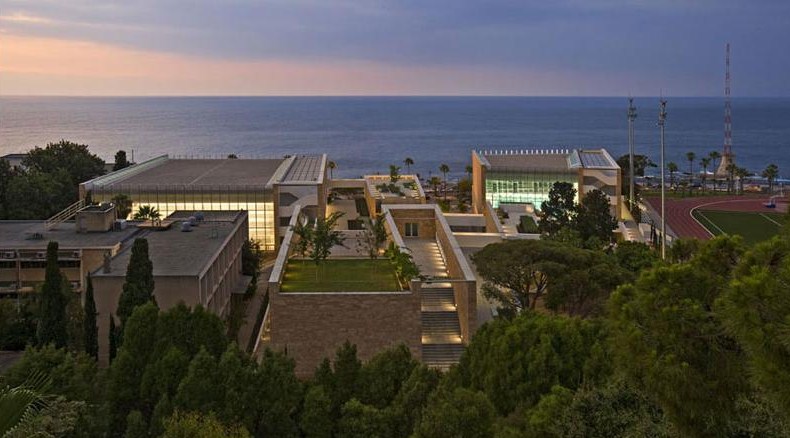Karim Elgendy
The notions of sustainable design and energy efficiency first entered global consciousness following the energy shortages of the 1970s and 1980s. Influenced by ideas of energy independence, many designers in Europe and North America sought ideas and strategies that could help create energy-efficient buildings and cities. As they searched for design solutions, some researched the environmentally responsive elements of traditional architecture, while others developed new solutions that employ modern technologies and high performance materials.
As the energy crisis subsided, the building industry in North America returned to business as usual, allowing its European counterpart – which emphasized technological solutions – to take a lead. But with the revival of global interest in sustainability – this time driven by both environmental and energy concerns – the dormant dialogue between the two approaches to sustainable design returned to play a role in shaping the global sustainability agenda. Oscillating between advocates of passive design and proponents of technological solutions, this dialogue continues to enrich the discourse on the future of sustainable design and development

National Commercial Bank in Jeddah (left). consists of a triangular 27-storey office tower juxtaposed with a six-storey, 400-car circular garage. The verticality of the bank tower is interrupted by three triangular courtyards ‘chiseled’ into the building's facade. The office windows are oriented towards these courtyards with an inward orientation typical of Islamic traditional design. This provides the interiors with daylight but prevents them from overheating. Copyrights: Wolgfang Hoyt/Esto. Shaded pathways within Masdar Institute for Science and Technology (right) Copyrights: Nigel Young
Continue reading A Review of Sustainable Design in the Middle East

